Warts on puppies
Text: Miroslava Můčková Uzlová, DVM Photo: author 's archive and Shutterstock
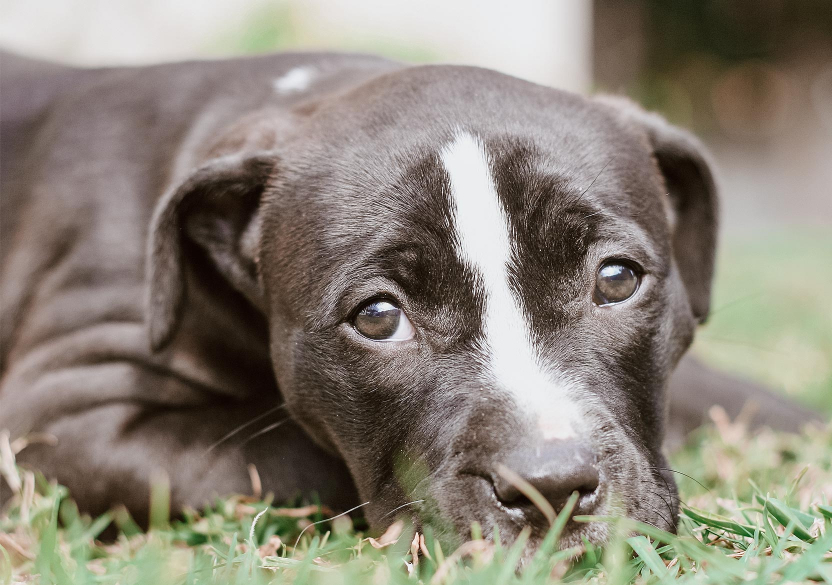
Warts on young dogs are most often of infectious origin, caused by the papillomavirus. They are contagious to other dogs (not to other animal species or humans). Warts usually look like wrinkled cauliflower-shaped formations or dark, scaly plaques on the skin with an irregular edge. They appear on the skin and mucous membranes.
Nineteen days after vaccination, a Staffordshire terrier puppy came to my office because he had developed a large number of warts within a few days, particularly on his head, chin, around his eyes, on his lips, but also in his mouth and under his tongue. They were quite big and jagged (see photo). Because the causative agent of these warts in dogs is papillomavirus, and also because it is a skin condition, the choice of the product was clear. Virovet. A herbal product that is closely related to the Metal element. It increases the resistance of mucous membranes and skin and stimulates the formation of antibodies to all types of viral infections. Puppies are more susceptible to various infections in the post-vaccination period, so it is highly advisable to support their immunity. There are several options; I have added Imunovet to Virovet, which supports the body's defense, activates cellular immunity and aids mucosal and skin healing. And it can also be used topically on wounds. Frisko should be given it twice a day, along with his food. The dog came for a follow-up in ten days. The condition had not improved and some new warts had appeared. However, I reassured myself and the owner that it was necessary to stay on track, be patient and continue to administer the products.
„Herbal remedies work, you just need to be patient. Don't expect to see the effect in an hour.“
Veterinarian Miroslava Můčková Uzlová, DVM
There are several types of papillomaviruses that cause warts on dogs on different parts of the body (for example, some in the mouth and others on the feet). Once a dog becomes infected with one type of papillomavirus, it acquires immunity to that virus. But it can become infected with other types. Any dog can get dog warts, but they are most common in young dogs and dogs on immunosuppressant drugs.
Frisko arrived for his next follow-up after a month and still had warts. We were getting pretty desperate as the warts around his eyes and under his tongue in particular were bothering him a lot. Because of the location around the eyes and on the mucous membranes of the oral cavity, I didn't dare to choose topical products that I use for warts on older dogs. Fortunately, I had the idea to use Audivet topically, a herbal product designed for external use. It works on inflammation of the mucous membranes and skin. It adjusts the pH of the skin and mucous membranes, which are critical to the permeability of the skin barrier, and prevents the growth of unwanted bacteria, fungi and parasites.
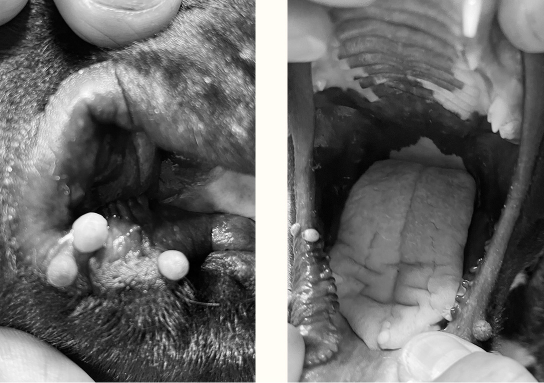
The disease is manifested by pale growths that spread rapidly and grow into cauliflower-shaped papillomas with small thread-like projections. Their size is around 2 cm. They are most commonly found on the mucous membranes of the oral cavity, the edges of lips, larynx and tonsils. Outside the oral cavity, they are found on the eyelids and conjunctiva of the eyes, scalp and lower limbs.
It has antiviral, antibacterial and antifungal effects. I have had excellent experience with Audivet when using it on gingivitis in cats, so I knew we could use it safely on warts on the mucous membranes of the oral cavity and, of course, to treat warts on the skin. Then I heard nothing about Frisko for three months. I had many guesses as to why. After three months, Frisko came to get Skelevet and did not have a single wart on him. I asked when he had got rid of them. They disappeared on the third day after the Audivet application! Wonderful!
"Enjoy caring for your animal friends. Feel every touch and the healing energy that jumps between you. It's a necessity when caring for skin.“
Veterinarian Miroslava Můčková Uzlová, DVM author of the article
Internal administration of Virovet and Imunovet together with topical application of Audivet is a beautiful trio for fighting warts. I am very happy. Due to the large number of warts and the problems that the warts were causing for Frisko, especially affecting his ability to swallow and his eyes, we could not wait for the spontaneous disappearance of the warts, which takes months. If we had not succeeded with conservative therapy, we would have had to remove some of the warts surgically. Although I like surgery, I am an advocate of preventing surgery and only operating when all other options fail. Moreover, the dog is infectious and therefore Frisko could not have been around other dogs for long time. As we all know, social contact between puppies is extremely important and irreplaceable. Warts are transmitted from infected dogs to those individuals who have weakened or injured skin. The papillomavirus can survive on the skin for several weeks and, in that time, others can become infected from an infected dog. It usually takes one to two months after infection for the warts to appear. Frisko was not allowed to attend the dog training centre, and this was obviously very unpleasant. I would also recommend giving Virovet to dogs that have come into contact with an infected individual.
Autor článku
MVDr. Miroslava Můčková Uzlová
MVDr. Miroslava Můčková Uzlová absolvovala Veterinární a farmaceutickou univerzitu v Brně. Pracovala na veterinární správě v různých pozicích, poté na veterinární klinice v Plzni a nyní má malou vesnickou praxi. S Energy preparáty pracuje již několik let.

Tickvet
Tickvet is a natural veterinary product to repel bloodsucking insects, especially fleas and ticks.
Read the article

Psychosomatics in veterinary medicine
Psychosomatics is nowadays a recognized field of medicine, especially in human medicine, but also in veterinary medicine is...
Read the article
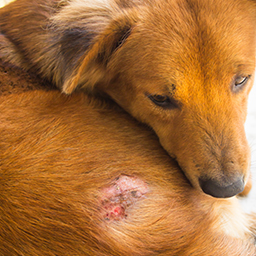
Imunovet and healing of open wounds
There are situations where it is not reasonable to put the dog under anesthesia to suture the laceration. Or situations where...
Read the article
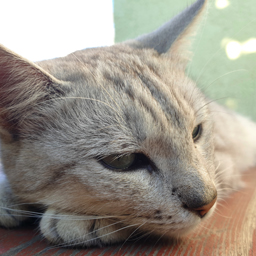
Hyperthyroidism of cats
Hyperthyroidism, or pathologically elevated thyroid function, is the second most common endocrinopathy in cats. The cause is usually...
Read the article
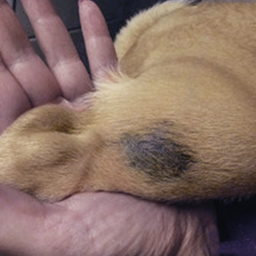
Patch after tick bite, coat renewal
The castor bean tick, Ixodes ricinus, is an arachnida known to belong to the Ixodidae family. We know...
Read the article
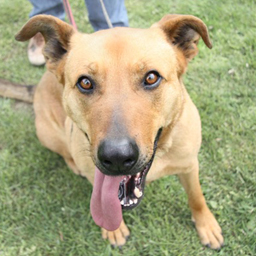
Dogs in Heat
IT’S SPRING... and with it female dogs being in heat. Or what to do with the male dog when the female dog is in heat?
Read the article
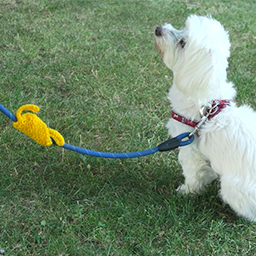
Yellow ribbon
A yellow bow or ribbon indicates a dog who, for a variety of reasons, needs to be given space.
Read the article
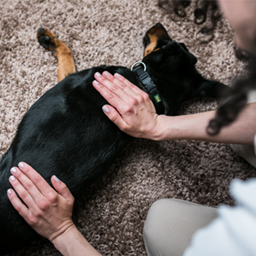
Touches that bring relief
When I first applied a butterfly massage to an animal, I believed in its power. Not by chance did I find ...
Read the article

Ticks
It is spring, it is getting warmer, and we need to think about protecting our four-legged friends from ticks. And since we will now be seeing more of ...
Read the article
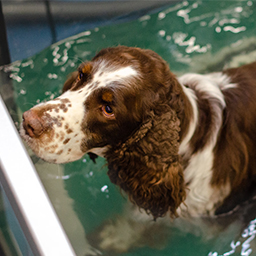
Aquatherapy / Hydrotherapy and Kingvet
Physiotherapy and rehabilitation for animals focuses on the diagnosis, treatment, and prevention of ...
Read the article
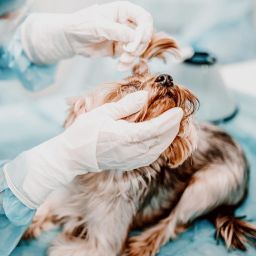
Eye examination in animals
The examination of animal eyes is very similar to the examination of human eyes and should be part of the basic examination, as general disease is associated with ocular involvement in many cases.
Read the article

Metamorphic technique for animals
The metamorphic technique, known as butterfly massage, is a gentle harmonizing technique that is applied to the spinal reflex zones on the feet, hands and head in humans.
Read the article
